Live Osprey Camera
The CRMS Osprey have returned for their 2024 residency:
In the fall of 2016 Steve Hunter, a local Carbondale citizen approached the CRMS biology program with a concern about a young mating couple of Ospreys who had built a nest on top of a giant Excel Energy transformer tower on the side of highway 133 right near the intersection of highway 133 and 82. Steve had twice watched high winds blow the nest off the slippery metal tower cap and onto the road below and Excel Energy was concerned with the possibility that the bird’s activity might get them electrocuted and cause a power outage.
Steve asked the 9th-grade CRMS biology students to engineer a solution. The students began their task by first figuring out what they already knew about Ospreys. Once this was done they brainstormed what they needed to know to devise a solution. They got in touch with the country’s Osprey guru, Cornell Ornithologies Alan Poole who graciously gave his time and expertise to consult with the class. The examined other Osprey projects around the country. They consulted local bird expert Mary Harris, who heads the local chapter of the Audobon Society as well as local ecologist Delia Malone. Both of these wonderful women were invaluable resources.
It soon became evident that the solution lay in creating a new nesting box and attracting the nesting pair to it. How to build an Osprey nesting box and where to put it? A task force of students was created to research this, come up with a cost estimate, and ultimately build it.
Cost! A student task force was created to write grants and reach out and present to potential donors. Alpine Bank and Pitkin County Health Steams and Rivers generously funded this project.
Excel Energy donated a pole to mount the nest on, their time, expertise, and labor to erect two poles and the nesting box.
Two poles? Why not just one? Along the way, the students discovered the possibility of creating an osprey cam that could live stream the activities of the birds (assuming the accepted this new nest!). More research! More grants! The end result was an osprey cam. CRMS’s IT wizard Eric Krimmer became instrumental in this part of the project's success.
In the spring of 2017, the mating pair migrated back to the Roaring Fork Valley, briefly attempted to build a nest in the now-capped and blocked transformer tower and then discovered and immediately accepted the new pole and nesting box the CRMS biology program had erected along the Crystal River along county road 106. They immediately began building their nest and laid their first two eggs.
They return every year, lay their eggs, and raise their young before migrating back to the coast of South America for the winter. We cherish having the call of the osprey as a part of our daily lives at CRMS and it is not uncommon that they fly across the campus with a fish in their talons. The live stream of the osprey cam is a mainstay on many of our desktops and livens up meetings and the hours we need to spend on our computers. Ospreys continue to be a part of every biology class’s curriculum and every spring the biology classes have a betting pool on when the eggs will hatch.
Thanks for visiting this site and enjoying these birds with us and thank you to all who have helped with this process.
 MYCRMS
MYCRMS
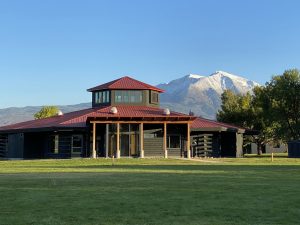
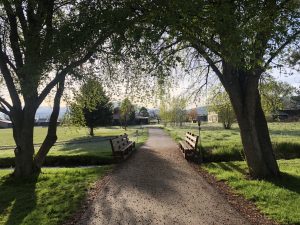
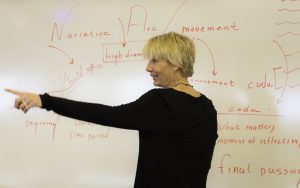
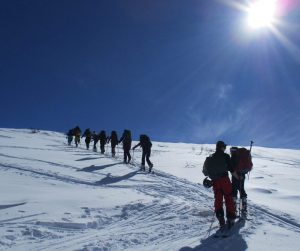
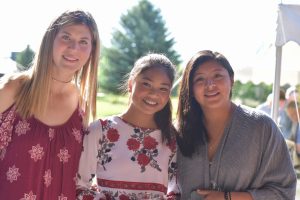
 Virtual Tour
Virtual Tour